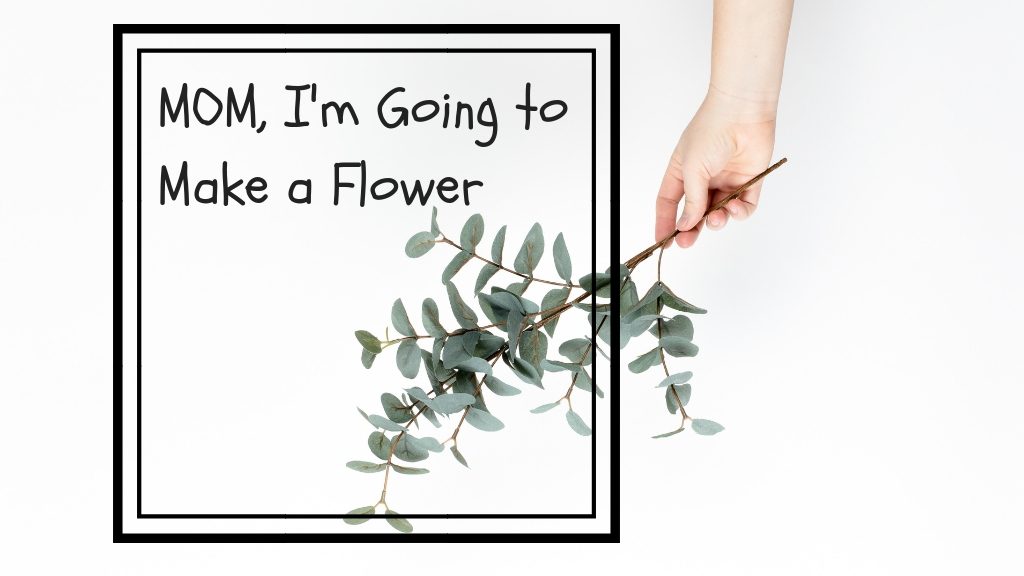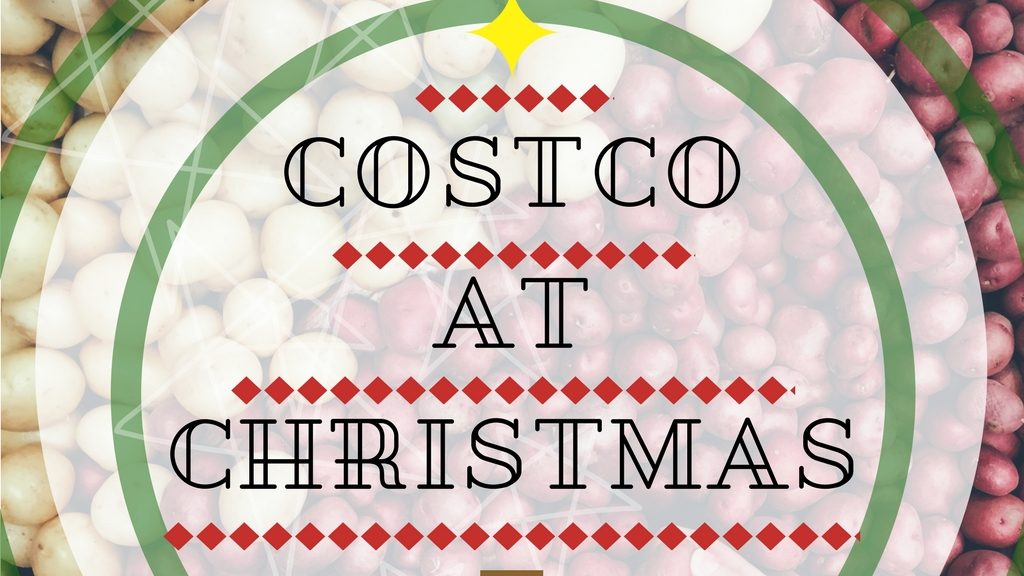DIY Birdseed Ornaments
When I began this blog, I said that I wouldn’t do tutorials. Then, I made birdseed ornaments with my kids and I thought I would share them with you. Here’s why I want to share these: I tried to make them last year. They were cute but crumbly. I don’t remember what kind of fat I used, but it may have been coconut oil. Whatever I used didn’t keep the ornaments together. Then, a couple months ago, I saw a picture of birdseed ornaments that…









